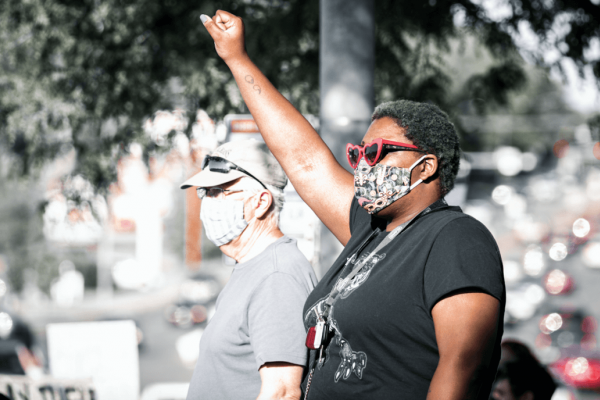Sep 1, 2020
“People want to start this narrative when the first building burns,” Howard told me in a phone conversation, “[but] I think it’s more useful to begin it years before. In the case of Omaha, people had been agitating to end racial discrimination as early as the 1940s.”
Read the Full Article

Already a subscriber? Login
